The grand palaces of India, once the residences of maharajas and nawabs, have long been synonymous with opulence and meticulous service. Among their many architectural and technological marvels, one system stands out for its ingenuity and historical significance—the servant bell system. This intricate network of bells and pulleys, often hidden behind ornate walls, was the lifeline of these palaces, ensuring that the aristocracy’s every whim was attended to with precision and discretion.
The Origins of the Bell System
The concept of the servant bell system traces its roots to the 18th and 19th centuries, a period when India’s royal families were at the height of their power. These palaces were not just homes but sprawling complexes with hundreds of rooms, courtyards, and private chambers. Managing such vast estates required an efficient method of communication between the royals and their staff. The bell system emerged as an elegant solution, allowing residents to summon servants without raising their voices or leaving their quarters.
Each bell was connected to a specific location within the palace, often corresponding to a particular servant or department. A gentle tug on a silk cord would send a chime echoing through the servants’ quarters, alerting them to their master’s needs. The system was so refined that the tone or sequence of rings could indicate urgency or even the type of service required—whether it was a request for tea, a fresh set of clothes, or the preparation of a royal bath.
The Mechanics Behind the Magic
At first glance, the bell system might seem rudimentary, but its engineering was anything but simple. Wires and pulleys ran like veins through the walls, connecting each bell to a central panel in the servants’ wing. The panels, often made of polished wood or brass, featured labeled hooks or indicators that would drop or move when a bell was activated. This allowed servants to identify which room or resident required assistance, even if multiple bells rang simultaneously.
In some palaces, the system was so advanced that it included a series of colored flags or lights to further streamline communication. For instance, a red flag might signal a medical emergency, while a green one could indicate a routine request. The precision of these systems reflected the meticulous nature of palace life, where every detail—no matter how small—was carefully considered.
A Symbol of Hierarchy and Discretion
The servant bell system was more than just a practical tool; it was a symbol of the rigid social hierarchy that defined royal households. The aristocracy rarely interacted directly with their staff, and the bells allowed them to maintain a sense of distance and decorum. Servants, trained to respond with silent efficiency, would arrive promptly, perform their duties, and retreat without a word unless spoken to.
This unspoken code of conduct extended to the design of the bells themselves. In many palaces, the cords were discreetly tucked behind tapestries or embedded in the walls, ensuring that the mechanics of service remained invisible to guests. The result was an illusion of effortless luxury, where the palace seemed to anticipate its residents’ needs before they even voiced them.
The Legacy of the Bell System in Modern Hospitality
While the era of maharajas has faded, the legacy of the servant bell system lives on in India’s heritage hotels. Many of these palaces have been converted into luxury accommodations, where guests can experience a taste of royal life. The original bell systems, now often restored to their former glory, serve as a nostalgic reminder of a bygone era.
Some hotels have even adapted the concept for contemporary use, replacing the physical bells with digital panels or silent alerts that mimic the discretion of the past. Yet, the essence remains the same—a seamless blend of tradition and modernity, where service is both an art and a science.
A Fading Art, Remembered
Today, as India’s palaces continue to enchant visitors from around the world, the servant bell system stands as a testament to the ingenuity and grandeur of its royal past. Though few functional systems remain, their stories are preserved in the whispers of palace corridors and the meticulous records of historians. For those lucky enough to stay in these heritage hotels, the occasional chime of a restored bell offers a fleeting glimpse into a world where every desire was just a ring away.
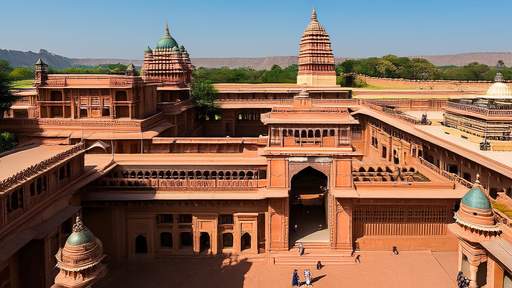
By /Jun 5, 2025

By /Jun 5, 2025
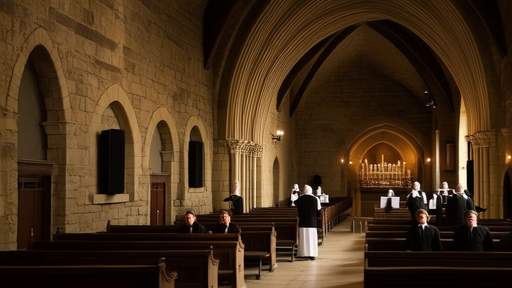
By /Jun 5, 2025

By /Jun 5, 2025

By /Jun 5, 2025
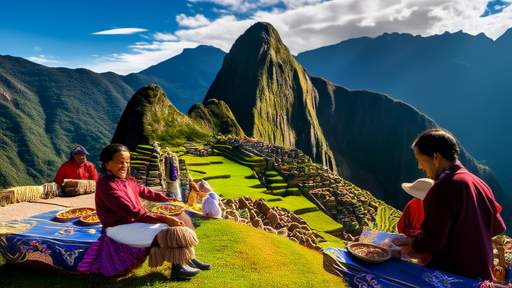
By /Jun 5, 2025

By /Jun 5, 2025
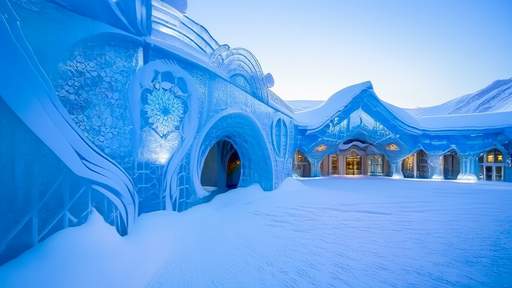
By /Jun 5, 2025

By /Jun 5, 2025
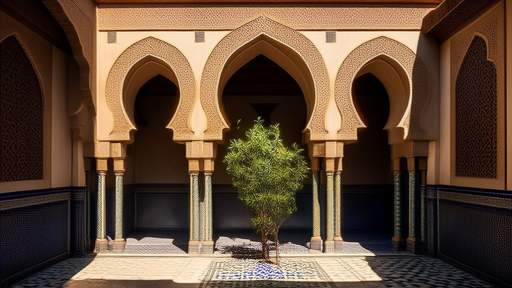
By /Jun 5, 2025
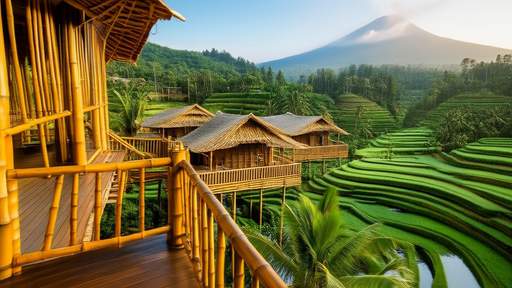
By /Jun 5, 2025
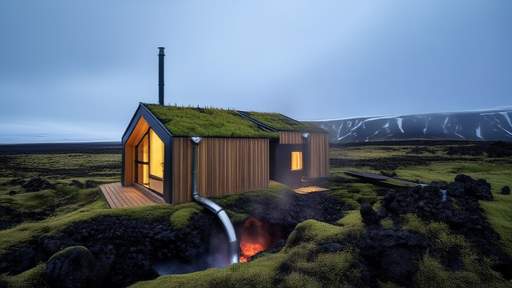
By /Jun 5, 2025
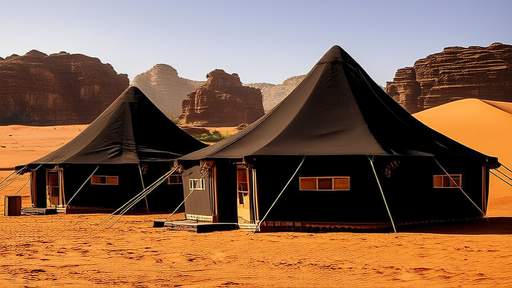
By /Jun 5, 2025
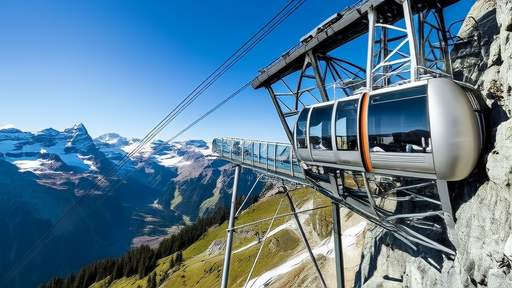
By /Jun 5, 2025

By /Jun 5, 2025
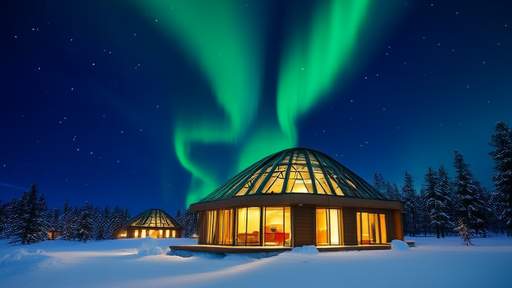
By /Jun 5, 2025
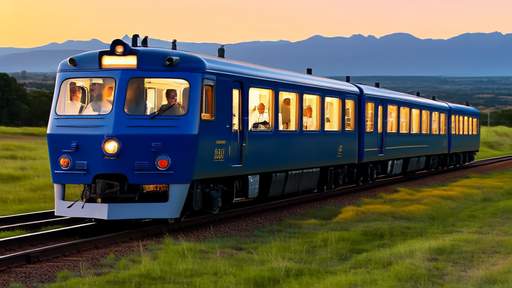
By /Jun 5, 2025

By /Jun 5, 2025

By /Jun 5, 2025
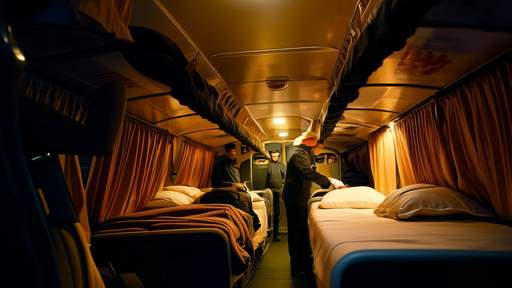
By /Jun 5, 2025